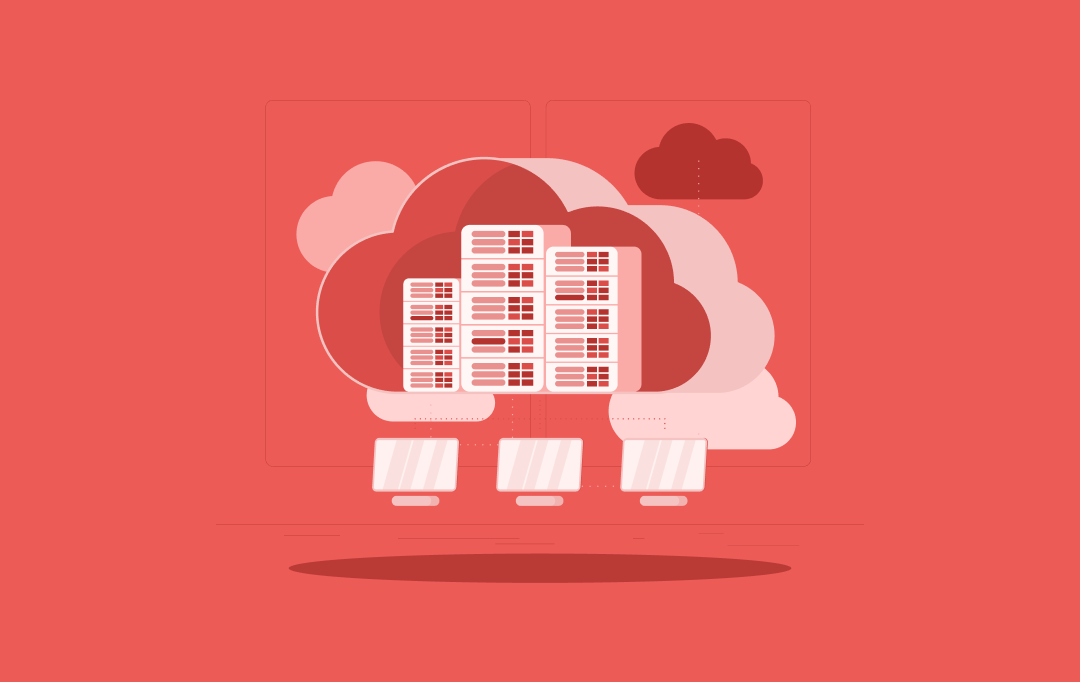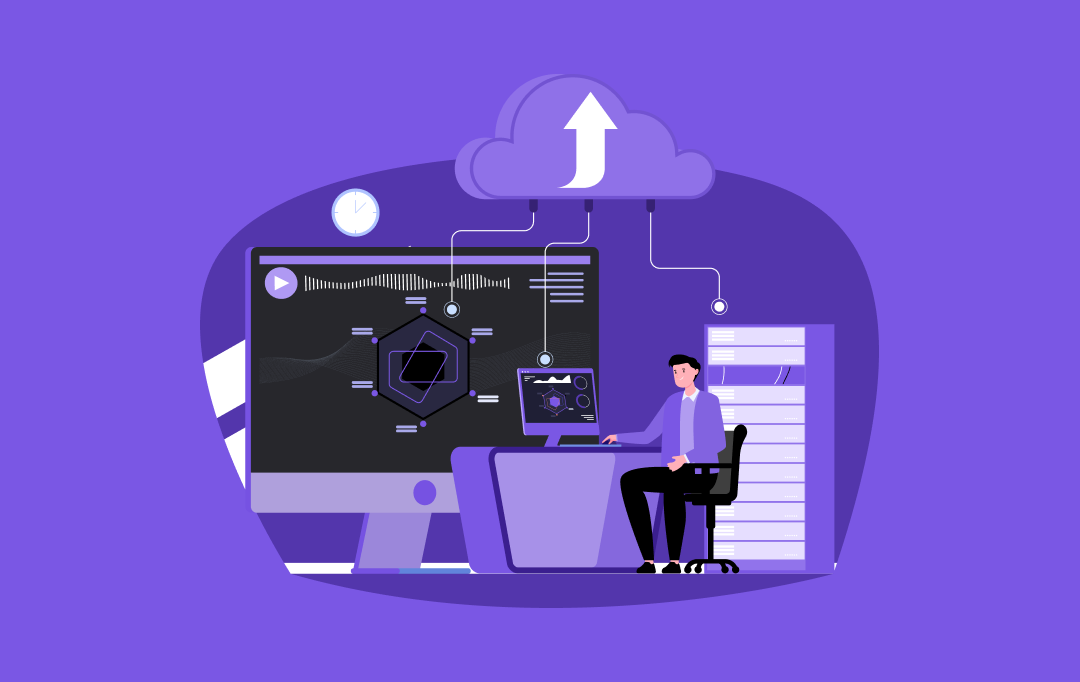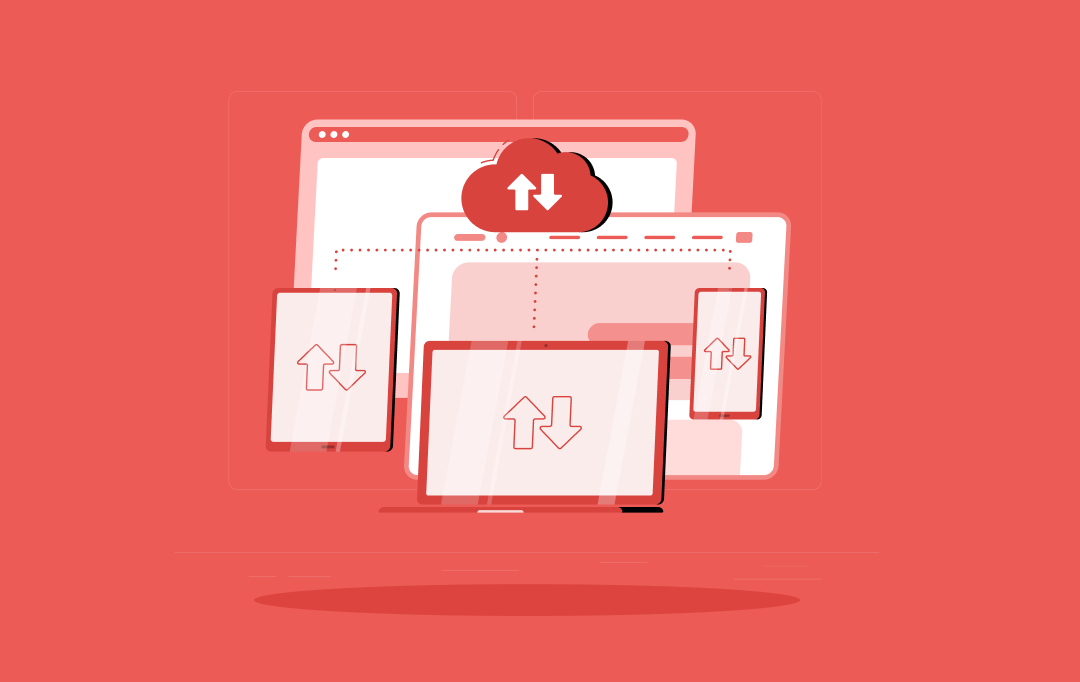- What is FinOps cloud optimization?
- The pre and post of FinOps cloud cost optimization solution
- What are the benefits of implementing FinOps in a cloud environment?
- Better decision making
- Streamlined cloud spend
- Higher accountability
- Predict future demand
- How to use FinOps in cloud cost optimization for your business?
The growing urgency to become scalable and optimize business costs has taken businesses towards cloud-based solutions. So much so that Fortune Business Insights has predicted that the cloud computing market is going to reach over $791.48 billion by 2028.
While the benefits of cloud computing for businesses solve all the digitalization related challenges, handling cloud cost management and optimization often becomes challenging for businesses, specially because of –
- Lack of resource utilization – Multiple enterprises believe that their cloud cost control practices are not in place. It is difficult for IT teams to forecast upcoming workload, process fluctuations, and how they will affect the cloud-based resources. All of this leads to cost optimization in cloud computing, a big business challenge.
- Lack of cloud spend visibility – There is a grave lack of solutions that gives visibility into the ROI of cloud application, making cloud cost optimization planning extremely difficult. This lack of transparency makes it difficult for the IT team to find a balance between the ongoing spend and what is actually needed.
- Lack of the right team – One of the biggest challenges around cloud spend optimization is an absence of experts who would analyze data and set up workflows which align resource requirements. Performing this activity is necessary for creating an evidence-based roadmap that would project future cloud requirements.
These challenges are what has led to the entry of FinOps in cloud cost optimization.
What is FinOps cloud optimization?
Cloud FinOps services follow a cultural practice where the responsibility of cloud spend optimization is shared by a cross-functional team of finance, IT, and DevOps experts where they work together on improving the decision-making process and generate high business revenue.
At the crux, FinOps cloud cost models help businesses streamline the financial operations to get visibility into the cloud usage and the performance of cloud computing infrastructure. Through the model, businesses can move from a traditional cloud financial management system to a more collaborative decision-making setup around IT assets usage. This helps both finance and IT teams maintain financial accountability for the cloud service, get real-time insights into cloud performance, and build transparency.
Now that we have looked into the summarized version of FinOps cloud cost management, let us see it in action by diving into what separates it from the traditional cloud optimization practices.
The pre and post of FinOps cloud cost optimization solution
FinOps has emerged as one of the most time-tested cloud cost optimization strategies for businesses unable to manage their spendings or track the performance KPIs. There are many different ways it is better from the traditional cloud practices.

Historically, cloud architects have only prioritized building high-functioning products irrespective of what they cost but now with FinOps in cloud cost optimization, the IT teams have become responsible for the costs associated with their product and how it affects the entire system.
Additionally, before FinOps cloud cost models, businesses were not able to use cloud platforms to their full potential, post the new model, companies are now able to identify and eliminate underutilized resources, get timely usage data, and effectively manage the cloud applications’ KPIs. Lastly, unlike the traditional cloud practices, cloud FinOps roles and responsibilities spread across every team right from DevOps and IT to finance.
What are the benefits of implementing FinOps in a cloud environment?
Understanding how FinOps cloud cost management has changed the traditional practices is a good starting point to understand the approach’s benefits for your business.
Better decision making
Integrating FinOps cloud optimization requires businesses to bring the finance team in the cloud development cycle to build accurate forecasts of the future. The approach believes that the value that cloud offers should dictate the business decisions and keeping a note on the cloud cost control will help keep a tab on the performance KPIs.
Streamlined cloud spend
Amidst the rise in cloud-based app development, there has been a wastage in resources due to underutilization, unclarity in what to expect from the cloud’s integration. One of the biggest benefits of using FinOps in cloud lies in driving an awareness around those wastages by –
- Breaking down cloud components by cost
- Making virtual machines automatic
- Using smart auto scaling functions
- Right-sizing the resources so that businesses only pay for the computation power they require
- With multiple teams working on fulfilling cloud FinOps roles and responsibilities, it is easier to get a comprehensive accurate forecast on business performance.
Higher accountability
FinOps cloud optimization works on creating a culture of financial accountability in the organization through ways like showback and chargeback where teams are reported the resources and budget they have used and then send them invoices for those utilized resources. The next way it helps businesses is through giving teams complete transparency on the cloud resources and their performance.
Predict future demand
Finance teams are inherently good at budgeting and forecasting, so them working with the developers on FinOps cloud cost optimization helps businesses predict the company growth and its reliance on cloud technology better. This kind of forecast gives businesses a better picture of when to limit or downsize resources to save money.
Now that we have looked into the answer to what is FinOps and how it relates to cloud cost optimization, the part that truly impacts the cost optimization in cloud computing is knowing how to incorporate it in your business. Let us look into that next.
How to use FinOps in cloud cost optimization for your business?
One of the biggest advantages of FinOps cloud cost management and optimization is getting an ability to set KPIs which are specific to your business growth. However, for it to function perfectly it is important to know where the business currently stands when it comes to cloud cost optimization strategies around understanding which resources are allocated where, the future forecasts, and clarity on who has access to those resourcing decisions.
Once that is established, you can classify your business into different growth categories, each with their separate KPIs.

Once the business stage is finalized, the next part of cloud cost optimization services integration lies in creating a FinOps journey that can be divided in three parts –
- Inform – Gain visibility into your cloud usage and cloud cost control approaches.
- Optimize – Find the underutilized or overutilized resources and implement strategies to lower it.
- Operate – Build policies which aligns the company goals with finance, technology, and business.
Using FinOps in cloud cost optimization can be complex and challenging while being equal parts rewarding. At Appinventiv, we take pride in our cloud consultation services that have helped businesses that wanted to migrate to the cloud and even businesses which needed to better their cloud investment. Some of our prominent clients for whom we have delivered transforming cloud-based solutions include KFC, IKEA, The Body Shop, and Virgin Mobiles.
If you are a business struggling to understand if your resources are being correctly utilized and the impact they are creating, get in touch with our team who can help you explore the different FinOps cloud optimization strategies. We can help you set up a system that makes cloud computing efforts a collaborative practice that helps you be on top of your business projections.



How to Build a Robust Multi-Cloud Strategy for Future Readiness
Key takeaways: Multi-cloud adoption is growing and 76% of enterprises have already embraced multi-cloud environments. Avoiding vendor lock-in is a major driver for businesses moving to multi-cloud strategies. Cost optimization and enhanced security are key benefits of multi-cloud adoption. Businesses must align their multi-cloud strategy with business objectives for scalability, security, and innovation. Seamless integration…

How Cloud Analytics Helps Businesses Make Data-Driven Decisions Faster
Key takeaways: Cloud analytics accelerates decision-making by offering real-time insights and scalability. Businesses gain cost efficiency, enhanced agility, and improved accuracy with cloud analytics. Leveraging AI and big data empowers faster, smarter decision-making in industries like e-commerce, healthcare, and finance. While implementing cloud analytics, businesses face challenges like data security and integration, but there are…

Transforming Legacy Systems with Cloud Migration: The Whys and Hows
Key takeaways: Legacy systems hinder innovation, security, and agility, making cloud migration a strategic imperative. A successful legacy to cloud migration hinges on careful planning, choosing the right strategy, and robust execution. Benefits of cloud migration for legacy systems include enhanced scalability, fortified security, and significant cost optimization. Industry-wide use cases demonstrate the transformative power…

















